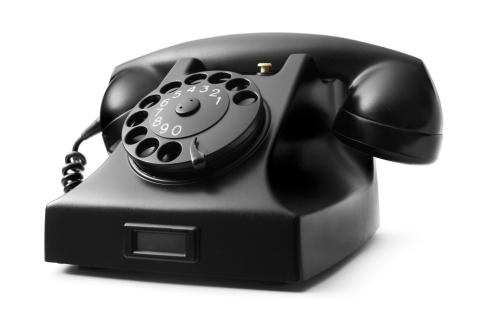A few years ago, storing photos, videos and documents in the cloud seemed like the perfect solution, both for storing and sharing them. It was no longer necessary to travel with a portable USB drive. Everything was at your fingertips, without worrying about losing anything and with access from any device. So much so that the younger generations are unfamiliar with the concept of a file ‘folder’. Just throwing it in the cloud is enough.
But the party is running out of steam: prices are rising, free accounts are offering less and less space, and, to top it all off, serious doubts are emerging about what companies are doing with our files. To make matters worse, some platforms even use the content we upload to train their next Artificial Intelligence models. That means your family photos, work or notes could end up feeding an algorithm that you don’t even know what it’s used for. And although it sounds like science fiction, it’s no exaggeration: it’s already in the small print of several services.
There’s no cloud like ours
This is where NAS (Network Attached Storage) comes in. In a nutshell, these are devices that connect to a network, such as your home network, and offer easily accessible storage; your personal cloud. You store everything there, share it with whoever you want, make automatic backups and, best of all, no one can get their hands on your data. With what you pay for a couple of years of cloud subscription, you can buy a NAS with plenty of hard drives and forget about monthly fees. Many commercial NAS devices offer applications and services that make them even easier to use, such as automatic synchronisation with mobile devices, secure remote access, and streaming options. Their use has been simplified and access to technologies that were previously exclusive to businesses or required advanced knowledge has been democratised.
Domestic and not so domestic
This trend did not originate in the home. Growing concerns about data sovereignty and privacy have also led many companies to seek more secure and controlled alternatives. The world has realised that, in the event of a conflict, the owner of the data may have very different interests from yours.
Looking back, it’s like going back to the early days of computing, when data was stored on local campuses and managed internally. It could be community-owned or private, but in either case, it was under the control of its owners. That model evolved into the cloud, but you know what they say: fashions come back around. Just ask bell-bottoms.
Choose wisely: we don’t want any nasty surprises either
This return to our roots is not without risks; if the cloud won our hearts, it was because of its convenience and ease of use. Having our data back at home means greater responsibility for its management and protection. Returning to the subject of NAS, it is important to choose a device that suits our needs and offers guarantees comparable to the service we are replacing, before getting carried away by a flash offer or the most expensive model.
Some of the key aspects to consider when purchasing a NAS are: security (it should offer data encryption capabilities; ensure that data is encrypted both at rest and in transit; robust authentication, such as two-factor authentication or passkeys; profile, permission and access management); redundancy (it should allow RAID configurations to protect data; a 1-bay NAS involves risk if the drive fails, while a 2-bay or more NAS offers greater security); backups (it should have automatic and easy-to-configure options; using another location or separate drive is also recommended); power (efficient consumption; think about the long-term cost; if it allows you to schedule power on and off, even better, also for security).
Conclusions
And last but not least, simplicity. I remember once, talking to a friend of mine about the importance of data, he told me that he backed up his small business data on a different disk for each day of the week, stored off the network. At first, I was amused that he referred to ‘the Monday disc,’ but he was right: you can criticise the method, but the reality is that it worked. If the system is too complex, it is likely that it will not be used correctly and we will find ourselves with a loose end at the worst possible moment.
There are other additional considerations: VPN, personal email services, or even the possibility of virtualising other operating systems within the NAS itself. Even so, it will always depend on our specific needs and how we intend to use the device. And don’t forget that the important thing is to learn how to value, manage and protect our data.









